(On Sunday, December 29th, 2024, former president Jimmy Carter passed away at his home in Plains, Georgia. Carter was 100 years old. As a humanitarian, former president, and a Nobel Peace Prize winner, among many other accomplishments Carter will be remembered for many reasons. For those of us who love wild places, he will be most fondly remembered for championing the Alaska National Interest Lands Conservation Act or ANILCA, the largest and most influential land act in modern history. As one of those who loves wild places and, in particular, Alaska, I offer the following as a tip of my kayak paddle to the life of Jimmy Carter.)
Dawn. The zipper on the tent is stiff with frost. Outside, the light seems as brittle and cold as the ice on the edges of the Noatak River where we are camped. A blanket of fresh snow powders the shoulders of Mt. Igikpak, standing tall now against the sunrise. I stretch stiffly and turn in a slow circle, inspecting the new snow on each of the peaks that surround the river, before moving toward the campfire near its bank.
The mound that was last night’s fire is still warm. I bury my hands in the soft, white ashes to work the stiffness from my fingers before rekindling the fire for coffee. There is no movement from the other tents. No wind. Just the soft sounds of the river moving quietly along. It’s morning in Alaska.
Many years ago, several thousand miles away, something happened to ensure that mornings like this would forever occur in wild Alaska. On December 2, 1980, President Jimmy Carter signed into law the Alaska National Interest Lands Conservation Act (ANILCA), the most sweeping conservation initiative in this country’s history. The bill itself was just 186 pages. A printed copy of it would be invisible against the arcing sweep of any one of the mountains holding up the sky this morning. But its effect was immense: 12 new national parks and monuments and 11 national wildlife refuges were created, 26 rivers were added to the National Wild and Scenic Rivers system, and 56 million acres of federally protected wilderness were designated. A slew of already existing national park units were expanded, doubling the acreage of our national park system with one stroke of the presidential pen. In all, the act set aside 104.3 million acres of wild land in Alaska, places like Wrangell-St. Elias, Denali, Glacier Bay, and this stretch of riverbank in Gates of the Arctic.
It’s difficult to think of laws on a morning like this, beside a wild river, with the metal coffeepot scraping against ice as I dip it full of water. The water is as clear as air, so cold it makes your teeth ache. I blow on my hands to warm them before returning to the fire to start the coffee.
Halfway back to the fire, I stop. Pressed into the mud between the river and the tents is a line of fresh grizzly tracks. I kneel, the mud soaking through the knee of my pants, and place my hand inside one clear print. My hand seems tiny against the almost unfathomable size of the track.
A place like Gates, where it’s still possible to come upon a line of fresh grizzly prints on the shore, was wild long before the passage of ANILCA. This is old-fashioned wilderness, echo-swallowing, border-defying, leave-you-weak-in-the-knees wilderness. It’s a place where space is as much a part of the landscape as caribou or the wind. No law created it. In fact, nothing we do can ever “create” more wilderness. We can only destroy it. Or preserve it. ANILCA simply said that these places should not be destroyed, ever.
That concept, even when it bears the full legal weight of an act of Congress, can seem as thin and fragile as new morning ice when your palm is pressed into the track of a grizzly. But the truth of the matter is that if there are going to be places where grizzly tracks still stitch a riverbank, where tens of thousands of caribou pull the winter down from the mountains behind them, if we are going to have any wild places left, it will only be by a conscious human choice. Jimmy Carter secured that choice for us with ANILCA, and all of us who love the wild are 100 million wild Alaskan acres richer for it.
It is not a perfect law. The compromises and political wrangling necessary to get it passed left open the possibility of oil and gas development on the coastal plain of the Arctic National Wildlife Refuge (something still being fought over today). Although ANILCA set aside 5.4 million acres of wilderness in the Tongass National Forest, it also mandated federal funding for logging quotas of 4.5 billion board feet every decade, exposing vast stands of old-growth timber to chainsaws. Other gaping loopholes allow miners to gouge streambeds in search of gold.
“The act is not an end,” said one conservationist who helped shape its passage, “but a beginning.” And what a beginning it was.
On a morning like this, you can dwell on what the act didn’t do, or you can listen to the whistle of wings as a half-million pintails stir the air over the Yukon Delta National Wildlife Refuge, or to the white thunder of glaciers calving in Glacier Bay National Park. You can sit and imagine how the sunlight looks just now, pink and gold, reflecting off the ice columns of Denali in Denali National Park, or try to name the colors in the plumage of puffins gathering on the cliffs of the Alaska Maritime National Wildlife Refuge. You can watch ribbons of mist thread through the treetops of Misty Fjords National Monument, or look for ancient footprints on the beaches of Cape Krusenstern. All of these areas were either initially preserved or enlarged by the passage of ANILCA.
“The mountains,” said President Carter when he signed the bill, “the rivers and lakes that harbor salmon and trout, the game trails of caribou and grizzly in the Brooks Range, the marshes where our waterfowl spent summer, all these are now preserved, now and I pray, for all time to come.”
I follow the grizzly’s tracks on the beach, stepping where it stepped, matching its gait in a kind of dance, imagining the animal at the end of those tracks still moving, backlit, perhaps, by the morning sun, heading into some nameless mountain range. I recall President Carter’s words as he signed ANILCA into law:
“Let us celebrate.”
My awkward dance in the tracks of a grizzly in the growing light of an Alaskan dawn seems an appropriate way to celebrate such a landmark piece of conservation legislation. As I head back to camp, the mountains all around me are bathed in a wild light, almost glowing at the start of another wild day in a still-wild place. It is morning in wild Alaska.
— Jeff Rennicke (all photography by the author unless otherwise noted).
Do you have stories of travel in Alaska, or dreams of it? Use the button below to send me a message and tell me about it.




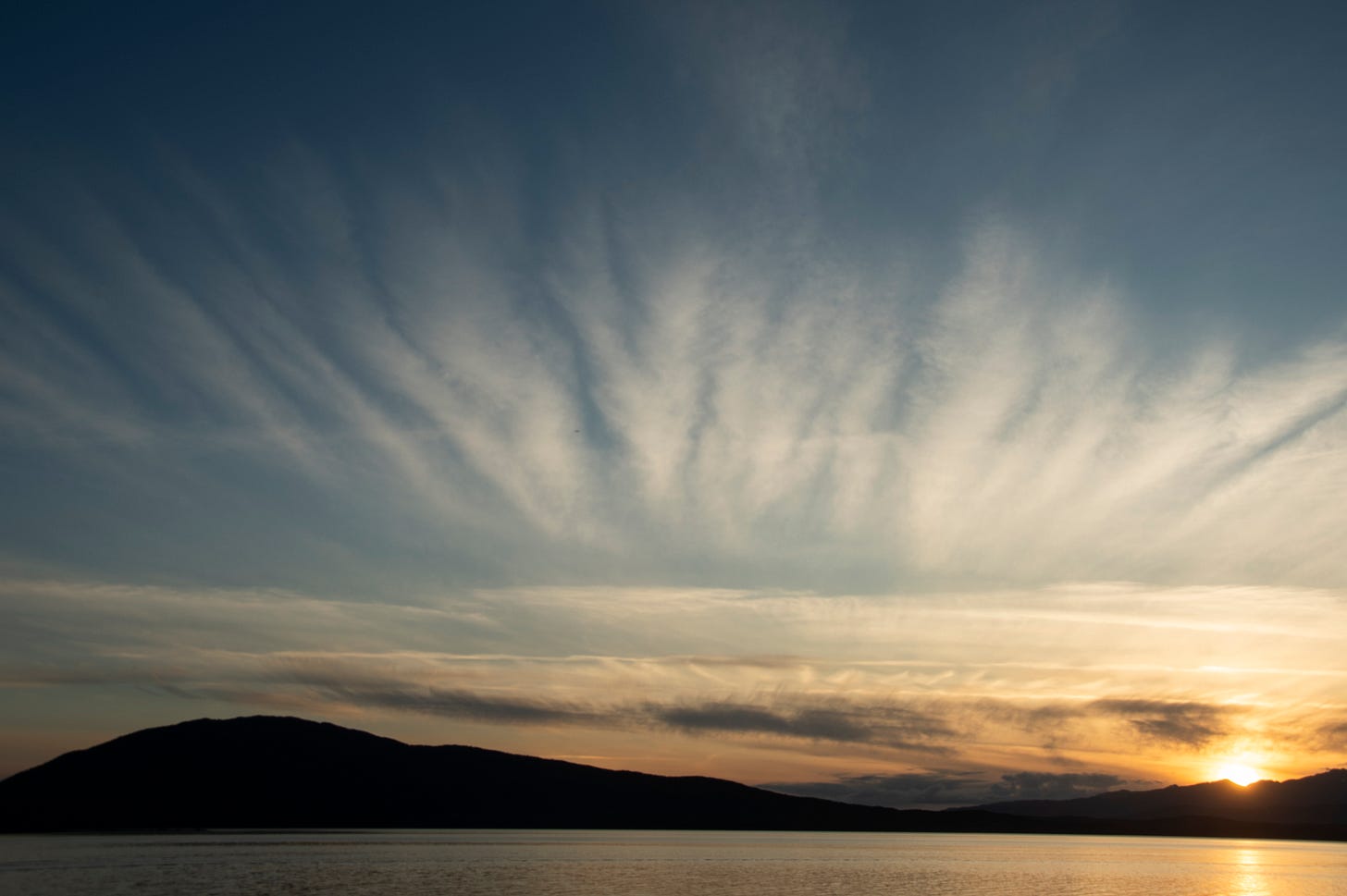
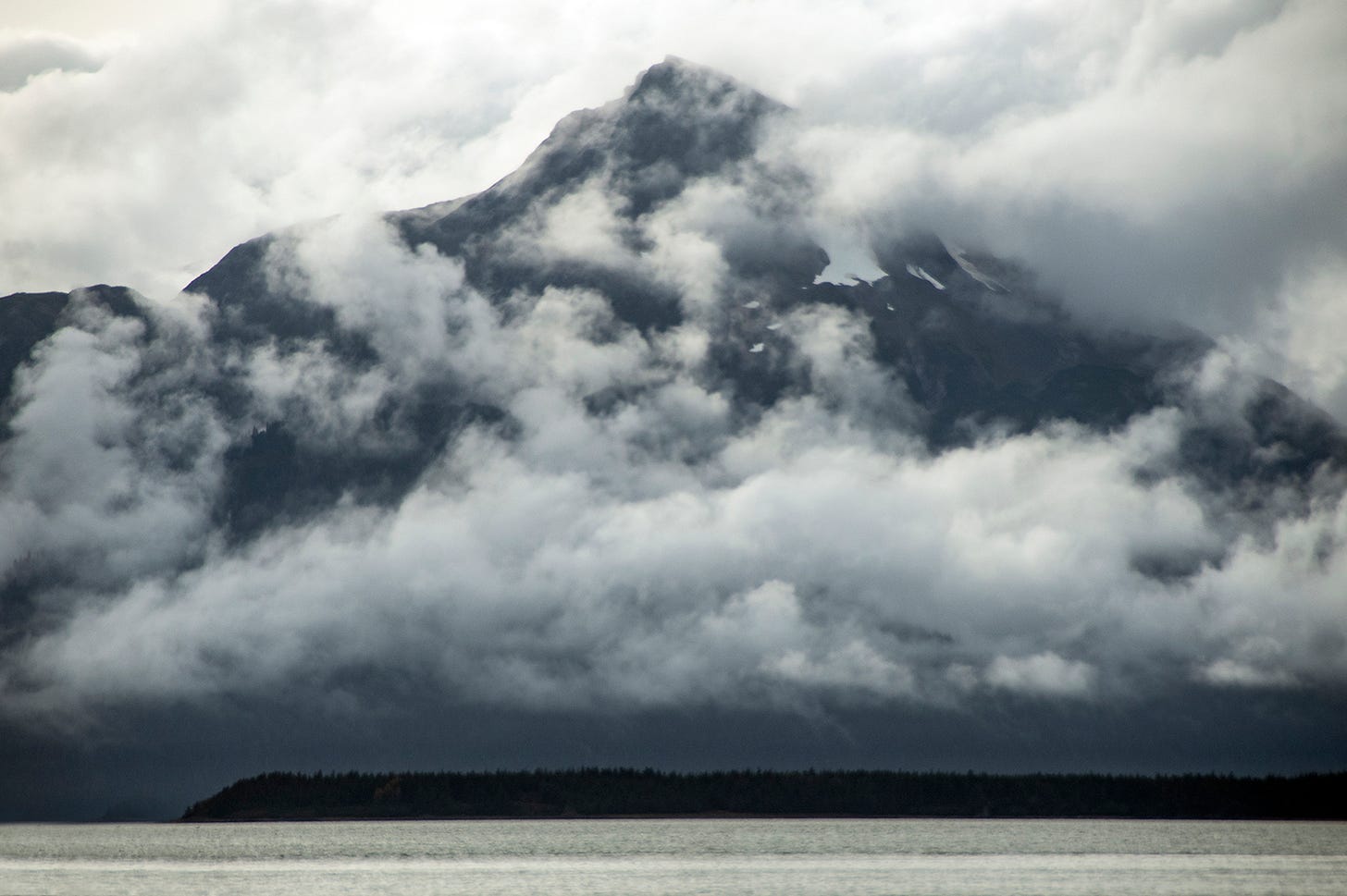
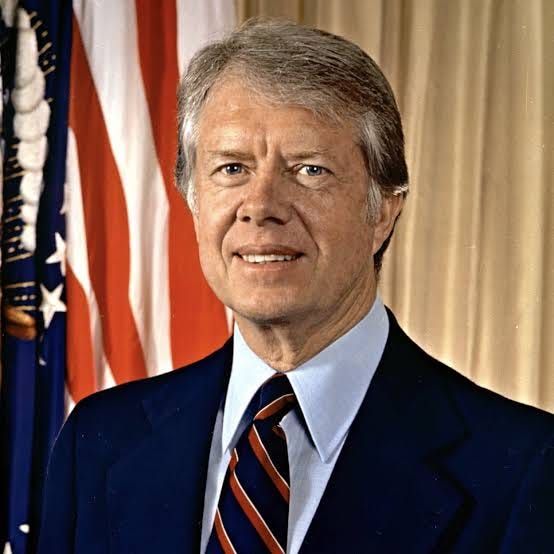
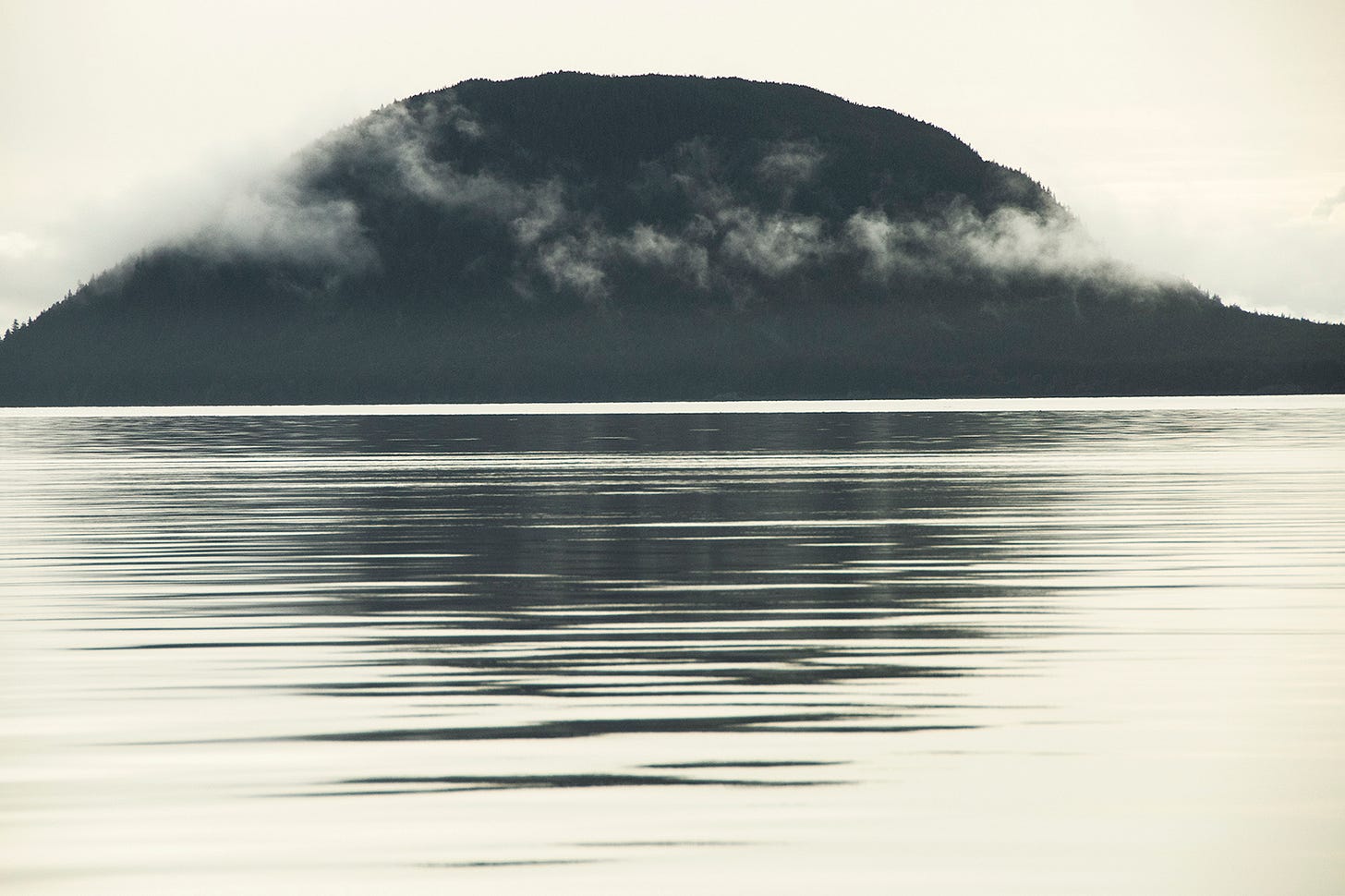
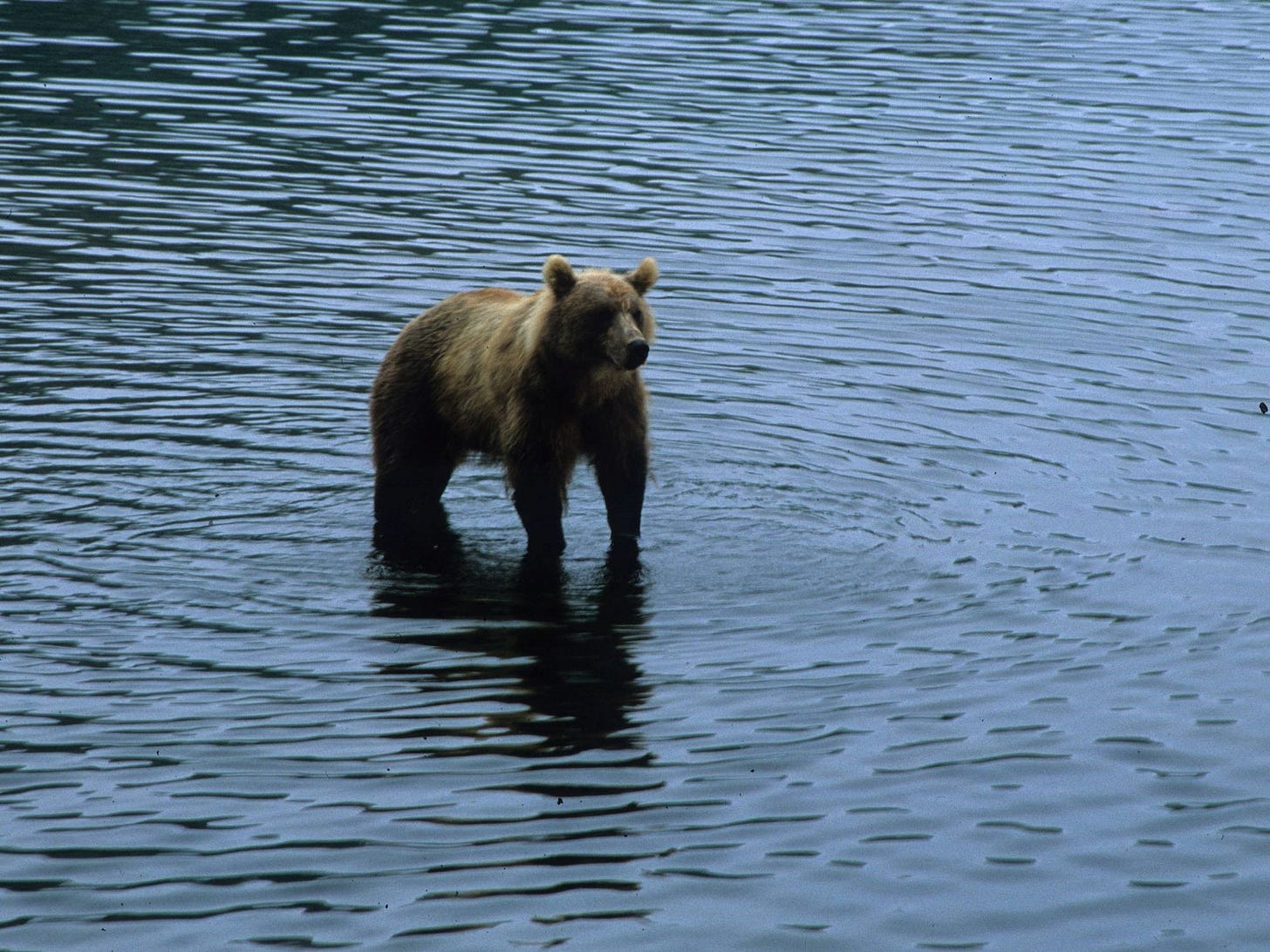

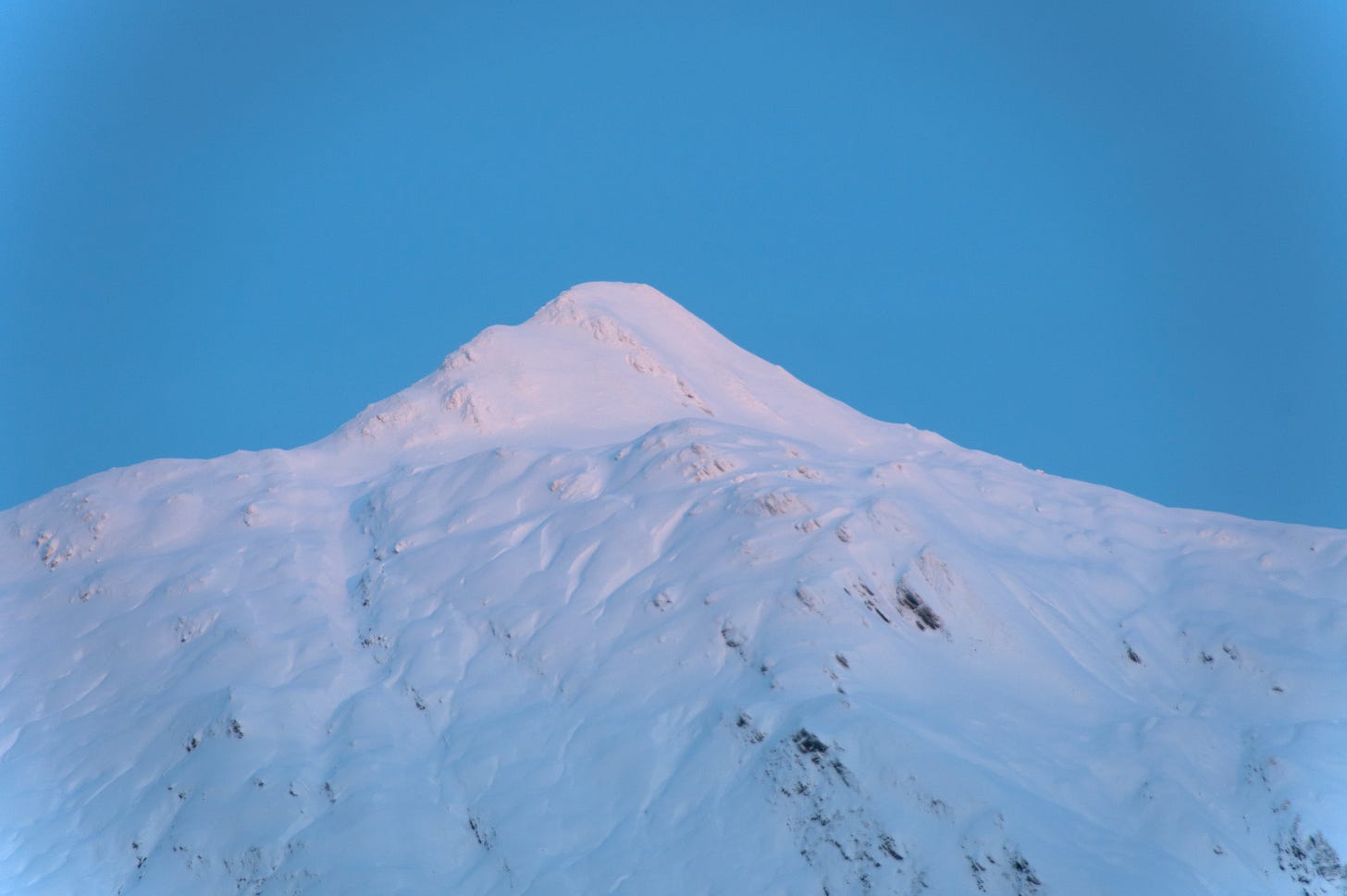

This is a beautiful remembrance, to the very consequential legacy of Jimmy Carter. thank you Jeff
A great human being and role model. Thank you for remembering him in this awesome way. I’ve never been to Alaska but feel connected living here in Hawaii. Overwhelmed with the idea of a trip, any suggestions of how to see this magnificent place?